The Data Analysis Process | Lifecycle Of a Data Analytics Project
ProjectPro
JUNE 6, 2025
This blog aims to give you an overview of the data analysis process with a real-world business use case. Table of Contents The Motivation Behind Data Analysis Process What is Data Analysis? What is the goal of the analysis phase of the data analysis process? What is Data Analysis?














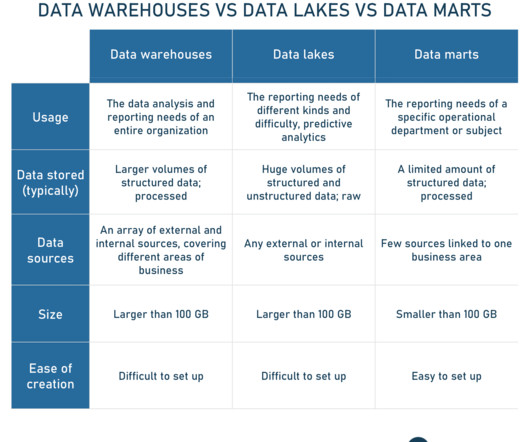













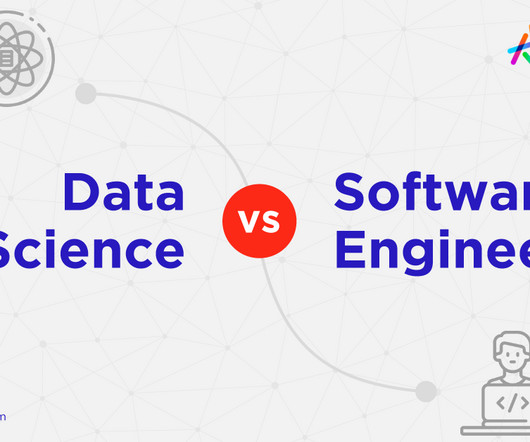
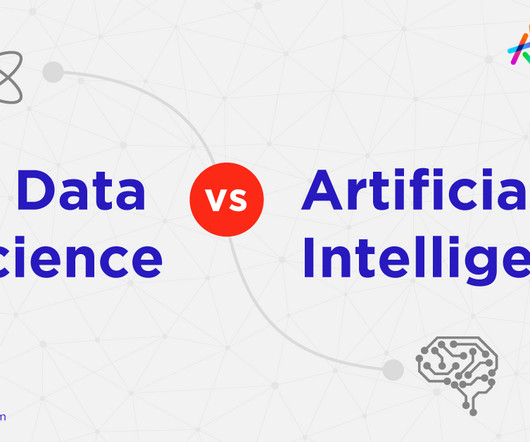





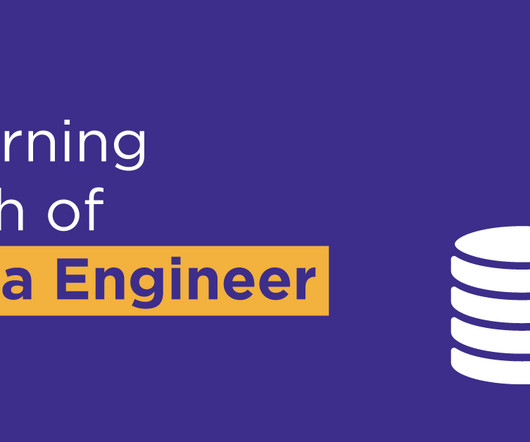


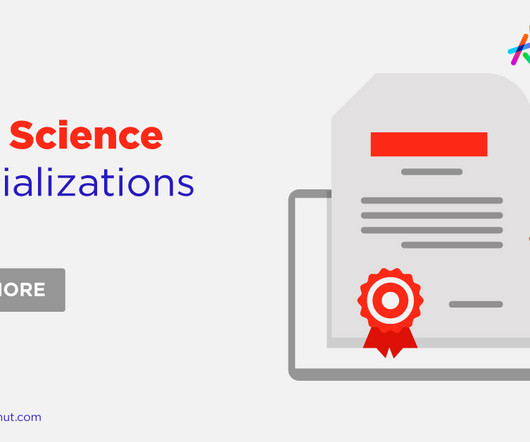
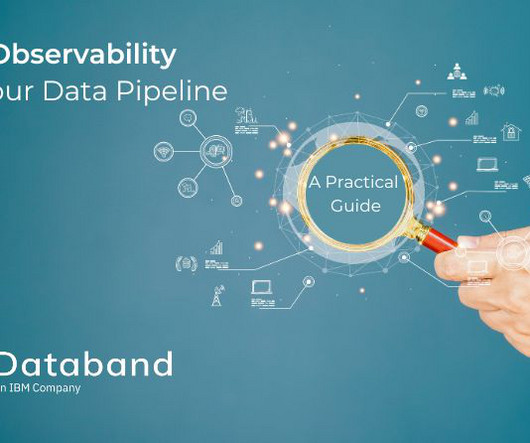






Let's personalize your content